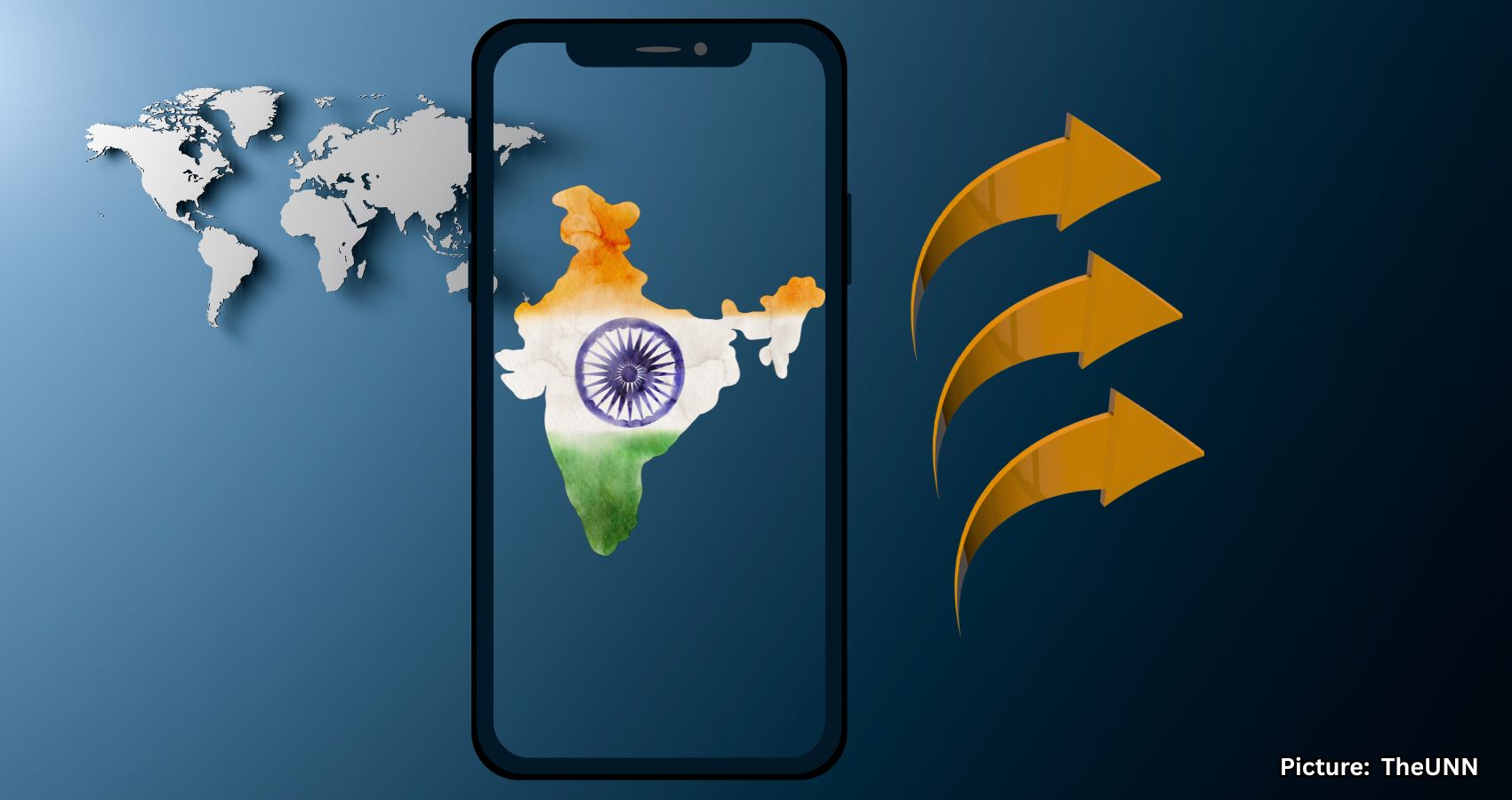India has surpassed China as the leading exporter of smartphones to the United States, highlighting a significant shift in manufacturing supply chains away from Beijing amid ongoing tariff uncertainties.
India’s emergence as the top exporter of smartphones to the U.S. has been substantiated by a report from research firm Canalys. Smartphones manufactured in India accounted for 44% of American imports of such devices in the second quarter of this year, a substantial rise from 13% during the same timeframe last year. The total volume of Indian-made smartphones shipped to the U.S. soared by 240% compared to a year ago, illustrating India’s growing significance in the global smartphone supply chain.
Meanwhile, Chinese smartphones made up only 25% of the U.S. import market by the end of June, down from 61% the previous year. Vietnam also surpassed China, with a 30% share of smartphone exports to the U.S. These shifts underscore a reconfiguration of global supply chains, driven by geopolitical and economic tensions.
According to Sanyam Chaurasia, a principal analyst at Canalys, the primary driver of India’s increased exports has been Apple’s accelerated strategy to expand manufacturing in the country due to heightened trade tensions between the U.S. and China. For the first time, India has exported more smartphones to the U.S. than China, marking a pivotal moment in global trade dynamics.
There are reports that Apple has been hastening its plans to produce a significant portion of the iPhones sold in the U.S. within Indian facilities, aiming to manufacture approximately 25% of all iPhones in India over the coming years. This strategic shift reflects broader efforts to mitigate risks associated with tariffs and geopolitical tensions.
Despite these moves, challenges remain. Former President Trump threatened additional tariffs on Apple products unless they were manufactured domestically, though such a shift was viewed as impractical by experts due to the potential for soaring costs. Notably, many of Apple’s key products, including iPhones and Mac laptops, have been granted temporary tariff exemptions, though these measures are subject to change.
Apple’s peers, such as Samsung Electronics and Motorola, have also begun relocating assembly operations for U.S.-bound smartphones to India, but their progress is considerably more gradual and limited compared to Apple. Canalys reports that these companies are striving to diversify their manufacturing footprints to reduce dependency on China.
The trend of shifting last-mile assembly to India is gaining traction among global manufacturers, who are allocating more capacity in India to cater to the U.S. market. Renaud Anjoran, executive vice president of Agilian Technology, a Chinese electronics manufacturer, noted that the company is renovating a facility in India with plans to move a portion of its production there. The firm anticipates launching trial production runs soon before scaling up to full-scale manufacturing despite India’s lower yield rates compared with China due to quality and logistical issues.
Despite the increase in smartphone shipments, it’s important to note that these numbers do not necessarily translate to final sales but do serve as an indicator of market demand. In the U.S., iPhone shipments fell by 11% year-over-year to 13.3 million units in the second quarter, reversing a previous quarter’s growth rate of 25.7%, according to Canalys. Globally, iPhone shipments decreased by 2% from a year ago, totaling 44.8 million units from April to June.
The challenges are reflected in Apple’s stock performance, with shares declining by 14% this year amid concerns regarding tariff exposure and increasing competition in the smartphone and artificial intelligence sectors.
While Apple has commenced assembly of iPhone 16 Pro models in India, it continues to depend heavily on China’s established manufacturing infrastructure to meet U.S. demand for high-end models. The complexity of these supply chains illustrates the delicate balance companies must maintain in an evolving global trade landscape.
Amidst these uncertainties, former President Trump imposed a 26% tariff on imports from India in April, which pales in comparison to the significantly higher tariffs levied on Chinese goods then. These duties were deferred, providing a temporary hiatus in tariff pressures pending an August 1 deadline.
Source: Original article

